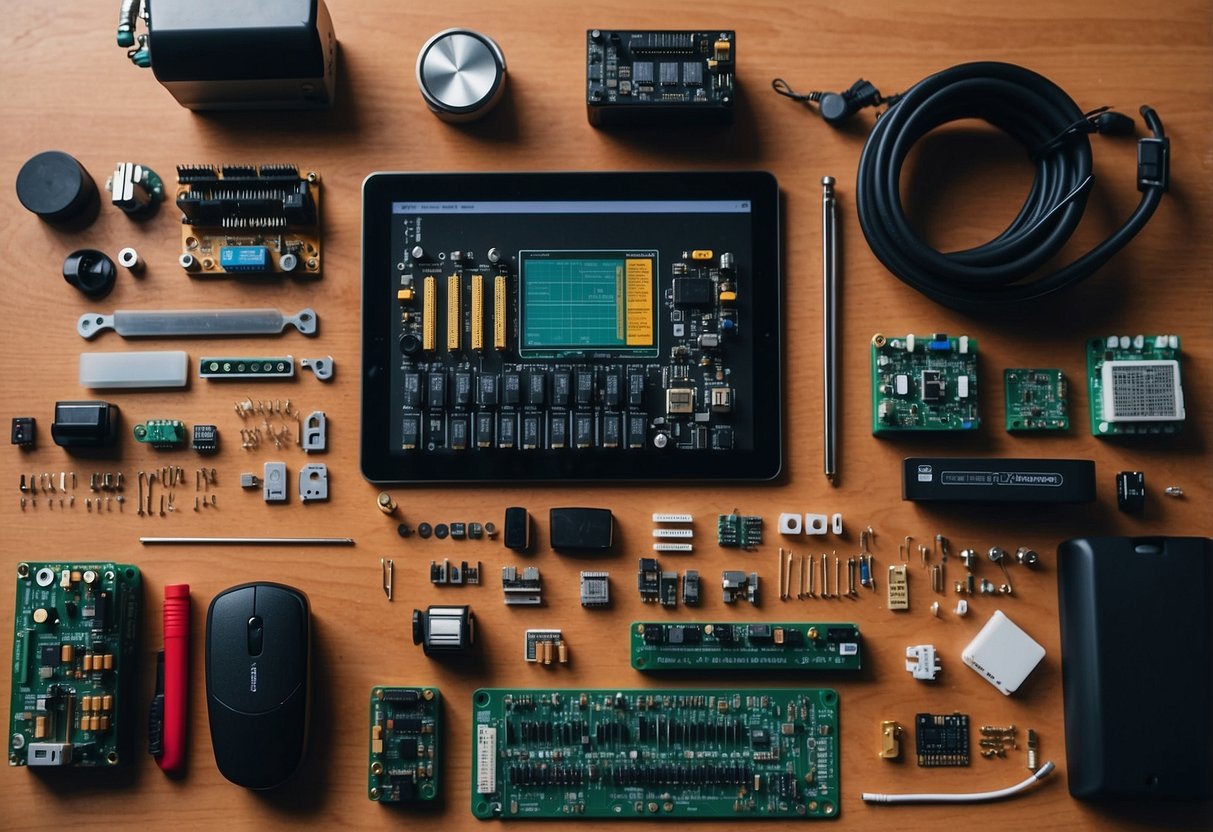Top 10 DIY Electronics Kits for Beginners: Expert Reviews and Top Picks
For beginners eager to enter the world of electronics, DIY electronics kits can provide an accessible and enjoyable entry point. These starter kits typically include everything needed to complete simple projects, helping users grasp the basic principles of circuits, coding, and assembly without the need for prior experience. Each kit offers a different set of tools and instructions, catering to various interests and skill levels.
Several top DIY electronics kits have been identified as ideal starting points. Whether someone wants to create simple robots, interactive games, or practical gadgets, there’s a kit tailored to their needs. Exploring these kits can foster a deeper understanding of how everyday technology works and inspire further learning.
Reviews and recommendations help to break down the strengths and potential challenges of each kit, making it easier for beginners to choose the right one. By navigating user reviews and expert opinions, readers can make informed decisions and start their DIY electronics journey with confidence.
Understanding the Basics of Electronics

Beginning with fundamental concepts like components and circuits is essential. Knowing the right tools required for assembling these projects will make the process smoother and more enjoyable.
Components and Circuits
In electronics, basic components include items such as resistors, capacitors, transistors, diodes, LEDs, inductors, and potentiometers. Resistors control the flow of electric current, while capacitors store and release electrical energy. Transistors act as switches or amplifiers, essential for complex circuits. Diodes allow current to flow in only one direction, preventing damage to components. LEDs emit light and are commonly used in indicators.
A basic understanding of circuits is crucial. Circuits connect components using wires and a circuit board, facilitating the flow of electricity. Integrated Circuits (ICs) consolidate multiple functions into a single package, simplifying design and reducing space. Assembling these elements correctly forms a functional electronic system.
Tools Required for Assembly
Effective assembly of electronics projects requires a specific set of tools. A soldering iron is crucial for connecting components to the circuit board. Solder wire is used with the soldering iron to create strong electrical connections. Wire cutters and strippers prepare wires for connections. Needle-nose pliers are handy for positioning components.
Having a multimeter helps in measuring voltage, current, and resistance, ensuring everything is functioning correctly. Proper use of tools not only ensures efficient assembly but also reduces the likelihood of errors and damage. Basic safety precautions, such as wearing safety glasses and working in a well-ventilated area, are also important.
Understanding these basics is a stepping stone to more advanced projects and a rewarding experience in electronics.
Selecting the Right DIY Electronics Kit
When it comes to choosing a DIY electronics kit, understanding the complexity and cost is essential. The right kit can be both educational and enjoyable, providing a rewarding experience for any beginner.
Evaluating Kit Level and Complexity
Selecting a DIY electronics kit often starts with evaluating the difficulty level and complexity. Beginners might find their choice guided by the simplicity of the project. An Arduino Starter Kit, for instance, offers easy-to-follow instructions suitable for novices.
Meanwhile, kits like the Theremin Electronics Kit cater to those who enjoy musical projects. If a Raspberry Pi is included, it might entail a steeper learning curve but also offers more advanced capabilities. Determining the amount of time and skills required can help in making an informed decision.
Considering the Price and Value
The cost of a DIY electronics kit varies significantly, so considering the price-to-value ratio is crucial. Kits such as the Gar Monster Starter Kit for Arduino often provide substantial components at a reasonable price. It’s vital to assess whether the kits include all necessary parts or if additional purchases are needed.
Higher-priced kits might offer advanced technology and more diverse projects, whereas budget options can still provide satisfying learning experiences. To ensure value, reading reviews and researching links to compare different kits can help make a judicious investment.



